Là công ty hàng đầu trong ngành cung cấp trực tuyến. lld pe căng phim, Alibaba.com có nhiều tùy chọn sản phẩm với các đặc điểm về phong cách và sức mạnh độc đáo. Mua phí bảo hiểm. lld pe căng phim nổi bật về độ bền, hiệu suất và chất lượng, có sẵn trong màu sắc và lớp hoàn thiện tạo hiệu ứng ánh sáng nổi bật. Nhận chất lượng cao. lld pe căng phim có khả năng chống chịu thời tiết vượt trội, truyền ánh sáng và độ cứng bề mặt cao.
Tìm loại nhẹ. lld pe căng phim được pha chế để cung cấp độ bền va đập vượt trội, độ rõ nét quang học cao cấp, khả năng chống hóa chất vượt trội và độ ổn định kích thước tuyệt vời. Các. lld pe căng phim có các đặc tính ưu việt giúp chúng hoạt động mà không cần chất bôi trơn, giúp chúng phù hợp với bánh răng, ống lót, con lăn và ổ trục. Xem xét. lld pe căng phim cho các ứng dụng thương mại và các tùy chọn được thiết kế riêng cho các ứng dụng công nghiệp.
Dù bạn có sở thích về kích thước và ngân sách như thế nào, hãy khám phá một kho hàng lớn. lld pe căng phim có sẵn trong các tùy chọn khác nhau, từ delrin, nylon, acetal, acrylic và nhiều loại khác. Tất cả. lld pe căng phim có sẵn tại Alibaba.com phù hợp cho các ứng dụng như chiếu sáng ngoại thất và nội thất, buôn bán hàng hiệu, kiến trúc trang trí và đồ nội thất đương đại. Hàng tồn kho. lld pe căng phim có các hạng chuyên gia, gia công và hiển thị xuất sắc với chiều dài và đường kính lớn đáng kinh ngạc với các tùy chọn cốt lõi từ PVC, polypropylene, acetal copolymer, v.v.
Sự lựa chọn khổng lồ của. lld pe căng phim hiện có tại Alibaba.com rất mạnh mẽ, có thể chịu được thời tiết khắc nghiệt và không dễ bị phá hủy bởi nấm và các mối đe dọa hàng ngày tương tự. Chúng được thiết kế để thân thiện với môi trường, không gây rủi ro về an ninh cho trẻ em hoặc người lớn. Chọn từ các tùy chọn sơn và trơn được thiết kế để dễ lắp đặt và có nhiều màu sắc và kiểu dáng.





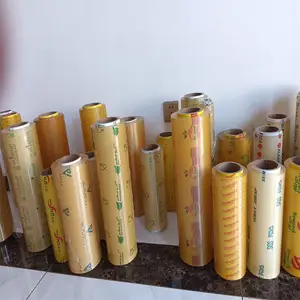




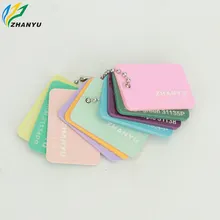


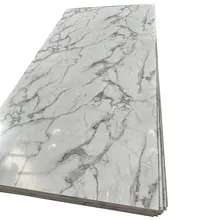
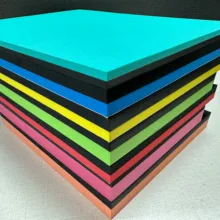





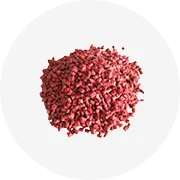
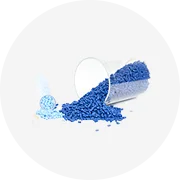
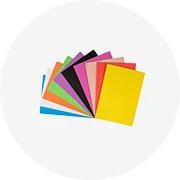
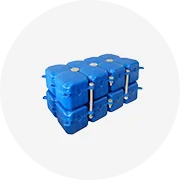

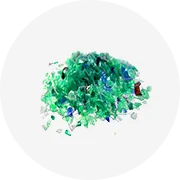
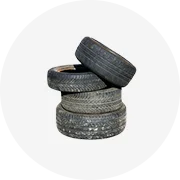
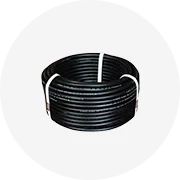










 浙公网安备 33010002000092号
浙公网安备 33010002000092号 浙B2-20120091-4
浙B2-20120091-4